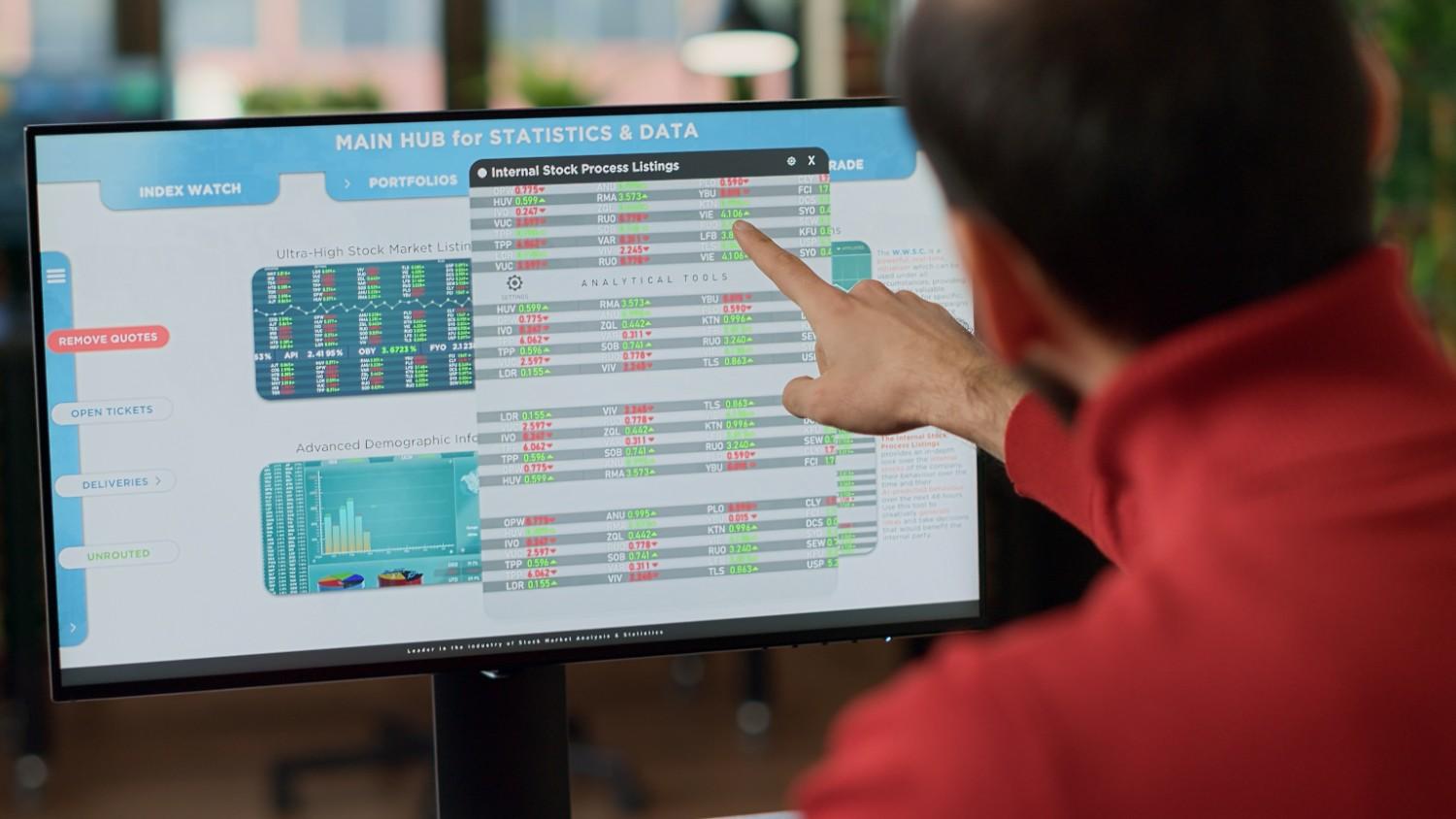Why Real Device Testing is Crucial for OTT Apps Across Platforms
Testing on real devices is important to make sure that the user experience is the best it can be across all platforms, including smartphones, smart TVs, and game consoles. Simulators dont do a good job of mimicking real-world situations like hardware limitations, network changes, and user interactions. Testing on real devices helps find performance problems, make sure playback works, and make sure that the app works the same way on all platforms, which leads to happy users and a reliable software.
There was a time when OTT was restricted to just smartphones. People stream on smart TVs, streaming sticks, tablets, gaming consoles and set-top boxes. This heterogeneity of devices represents a significant headache for OTT providers when it comes to testing. Simulators and emulators can address initial validation, but they fail to match the authentic conditions in which users experience apps.
With Real Device Testing you can rest assured that the experience is just as easy, reliable and performance driven on OTT.
The Challenge of OTT Device Diversity
OTT platform Testing will have to cater to a lot of devices:
-
Smartphones and tablets with various OS releases
-
Various smart TV from many brand contains customized firmware
-
How to Stream on Your TV Streaming devices or bundles including Roku, Fire TV, Apple TV and Chromecast.
-
PlayStation and Xbox gaming consoles
-
Regional / operator variants of STB
All of these gadgets have different screen resolutions, input methods, processing power and network handling. Without running tests on these devices, teams risk missing playback dips, UI rendering issues or performance bottlenecks that have a direct impact on the user experience.
Why Simulators Are Not Enough
Simulators and emulators assist in functional verification at the very initial stages of development.
However, they cannot replicate:
-
Hardware constraints - not enough memory or GPU on some TV's / set-top boxes etc.
-
Real-world network situations, such as varying bandwidth, packet loss, and latency, which affect the quality of streaming.
-
Platform specific in media playback, codecs and DRM Plug Ins behavior of the device.
-
User interactions with remote control, voice input and touch gestures on multiple devices.
These holes require apps are tested on actual devices before being published.
Benefits of Real Device Testing for OTT Apps
1. Accurate Playback Validation
Video playback is the core of any OTT platform. Real devices help verify adaptive bitrate streaming, DRM compatibility, subtitle rendering, and audio-video sync across different screens. Testing also identifies buffering delays or quality drops under varied bandwidth conditions.
2. Consistent User Experience
User expectations for OTT apps are high. A button misaligned on a smart TV or an unresponsive remote navigation flow can cause churn. Real device testing helps validate UI layouts, input responses, and transitions across resolutions and form factors.
3. Reliable Performance Metrics
Testing on real devices helps teams test startup times, CPU and memory consumption, battery drainage (for mobile) and network functioning. These observations help to make realistic workloads run better.
4. Compliance with Platform Requirements
OTT developers have to be certified on platforms, i.e. Apple TV, Roku, PlayStation — before you are able to enable them. Compliant real device testing means less chance of rejections or delayed app launches
5. Coverage for Regional and Network Variations
OTT apps often support the global market where different devices, carriers and ISPs are in use. By running tests on devices from different geographical areas, you can verify apps have been adjusted for local conditions such as network quality and operator-imposed restrictions.
Building a Reliable OTT Testing Strategy
A strong OTT Platform Testing setup should include:
- Access to a wide range of physical devices across platforms and regions
- Ability to simulate real-world network conditions like 3G, 4G, 5G, and Wi-Fi fluctuations
- Automated test execution to validate playback, navigation, and performance at scale
- Detailed reporting on KPIs such as startup latency, buffering ratio, and error rates
By combining real device availability with automation and performance monitoring, OTT providers can detect issues early, improve release confidence, and deliver a consistent experience to every viewer.
Conclusion
OTT apps live or die by their user experiences. With content being accessed by audiences on an increasing amount of devices, real device testing is crucial. It s the easiest way to build a single source solution or identify and correct issues with how action logging, gap checking and compliance validation is being met for error-free streaming across all services right multi-platform delivery.
HeadSpin offers OTT teams the ability to execute playback, performance and compliance tests on real devices in different geographies, networks or on various platforms. As well as granular reporting on KPIs like buffering, startup time and user experience flows, it supports them in the development and launch of dependable over-the-top (OTT) apps that satisfy users across the globe.

Subscribe & get all related Blog notification.





Post your comment